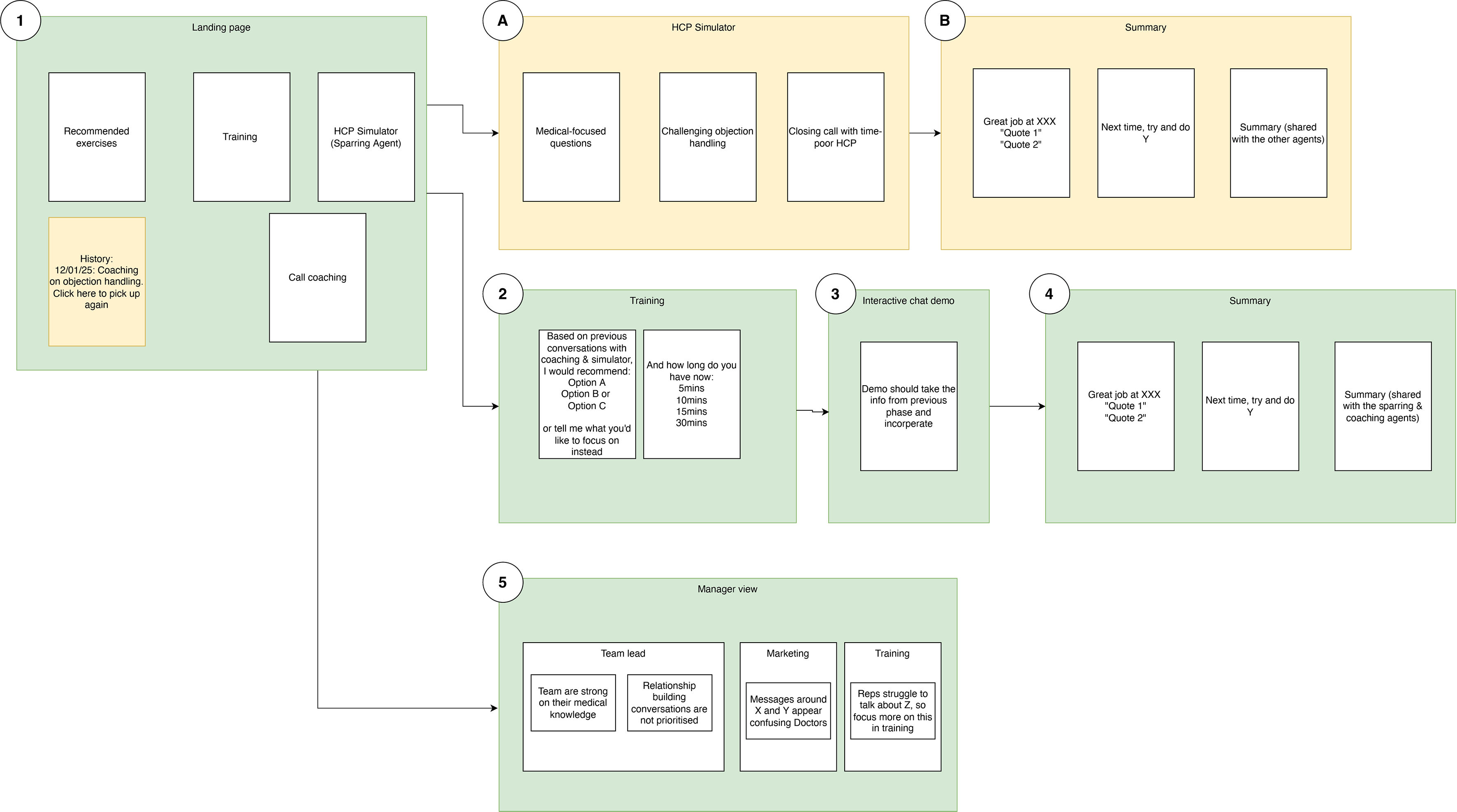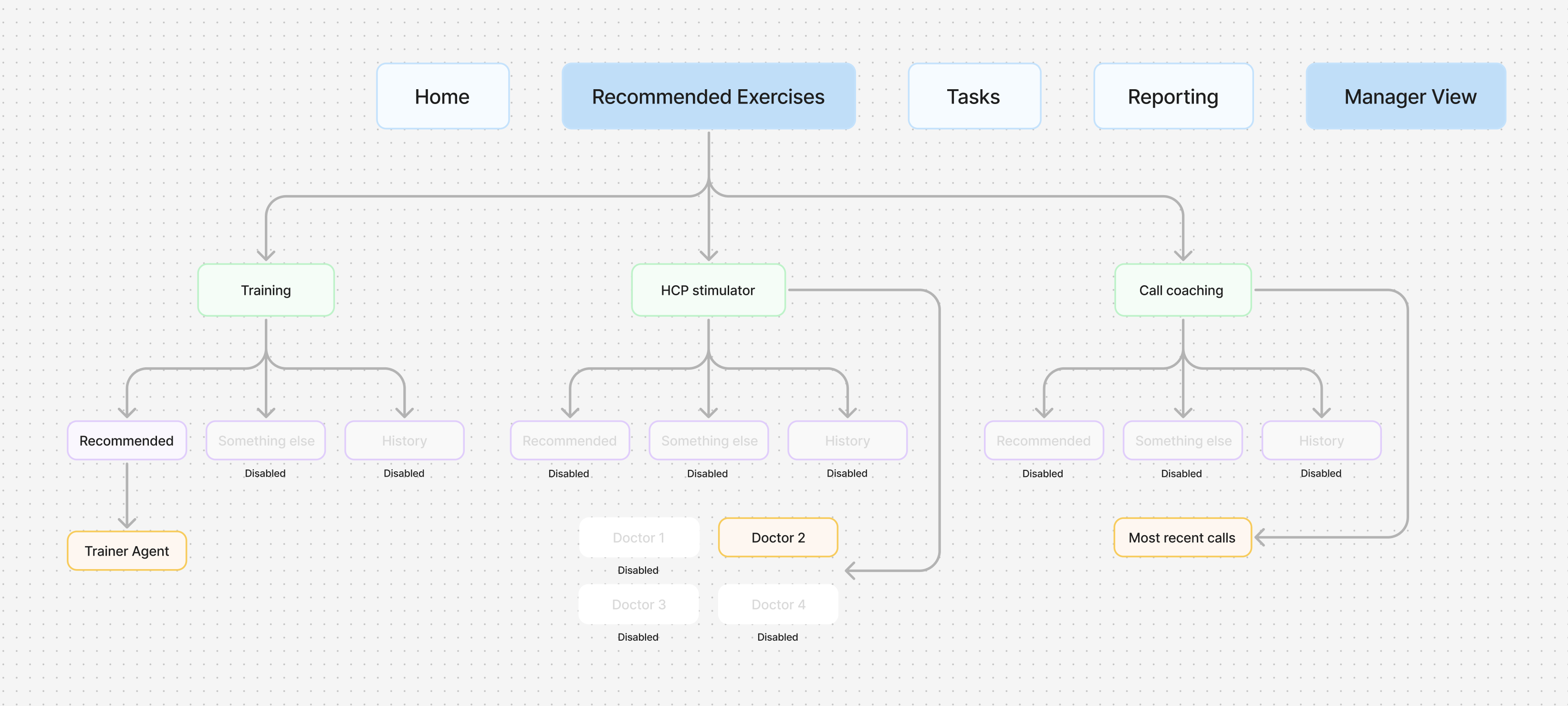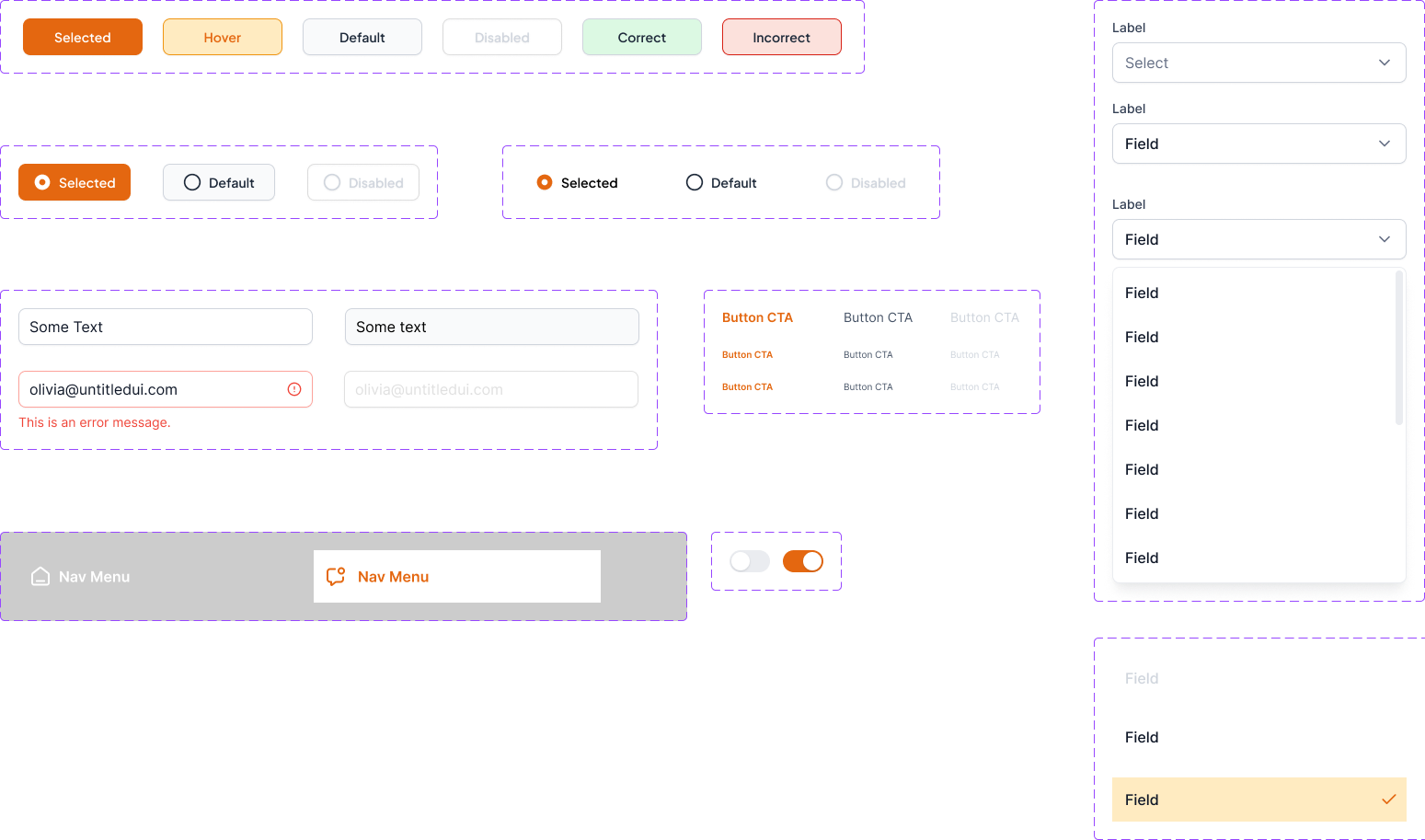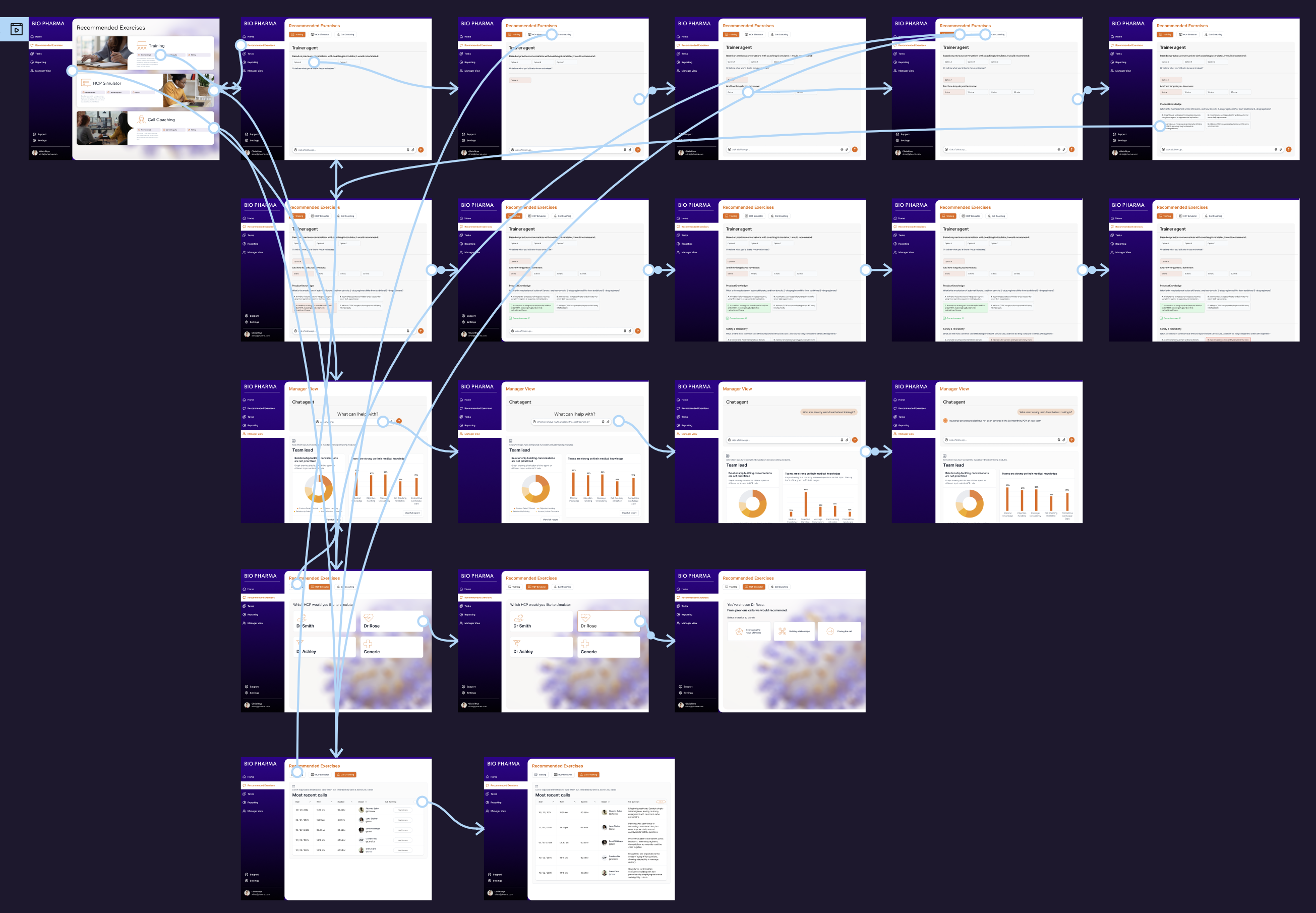Biopharma AI Sales Rep Tool
Helping field reps deliver personalised, data-driven interactions with doctors
The client came to us with four problems they wanted to resolve. In a workshop, we ideated around each challenge, drawing on insights to guide our thinking. For every problem, we explored possible solutions, one of which I co-developed with the team and later built into an AI-driven prototype that we presented to the client.
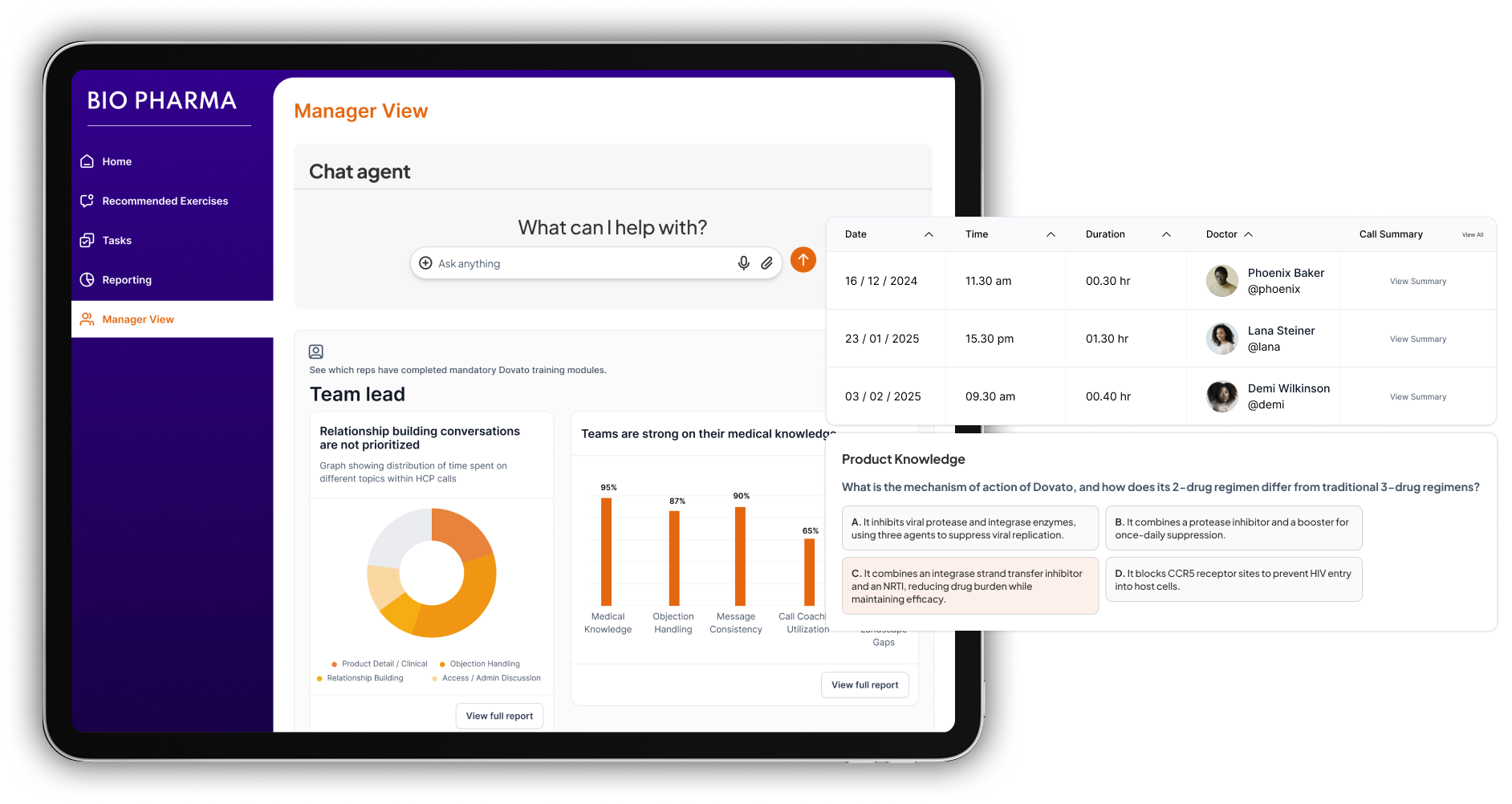
Project type: AI Sales Training Assistant
Role: UX/UI Designer (in collaboration with data scientist & client team)
Industry: Biopharma
Tools: Figma, FigJam, Zoom
Duration: 1 month
Role: UX/UI Designer (in collaboration with data scientist & client team)
Industry: Biopharma
Tools: Figma, FigJam, Zoom
Duration: 1 month


